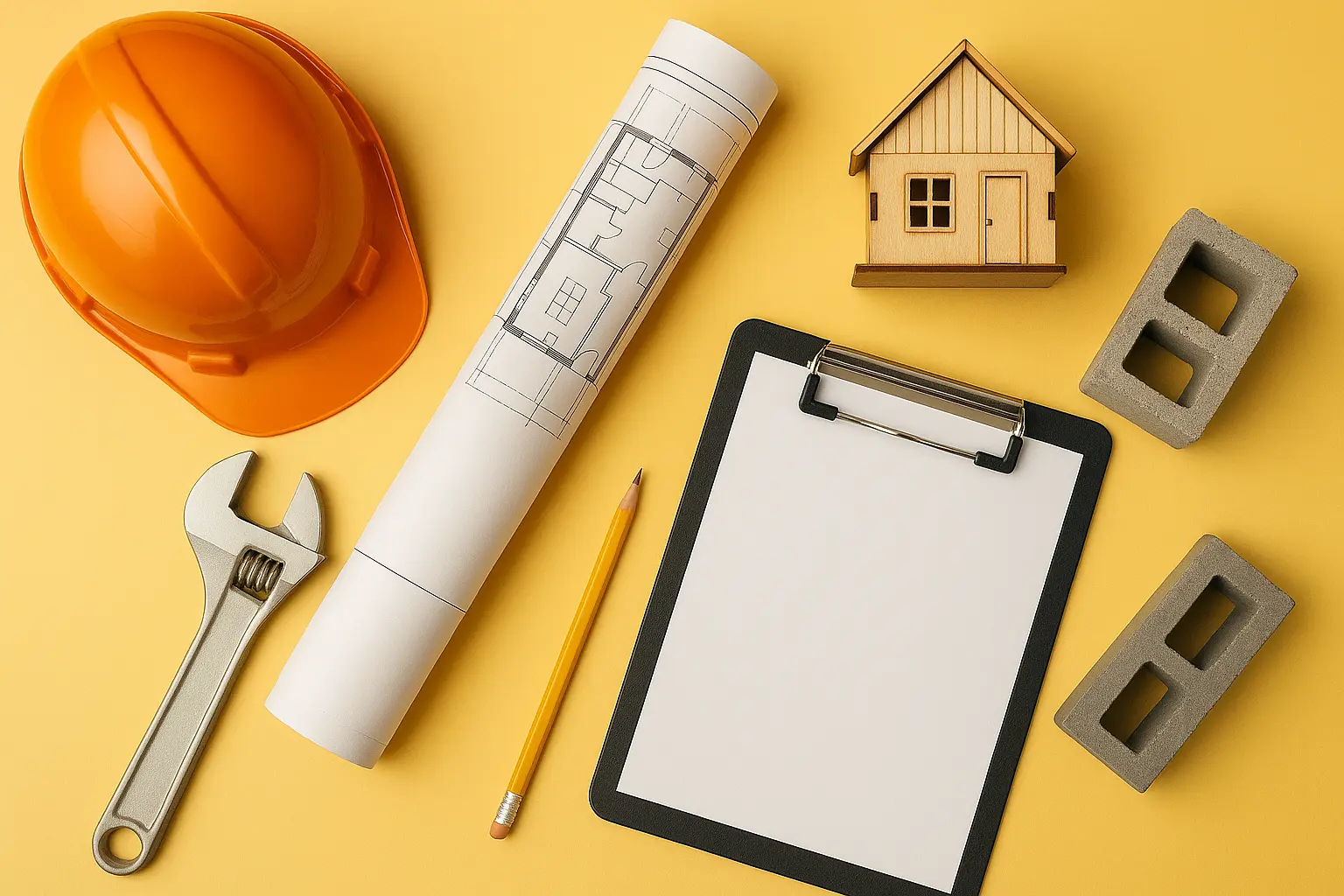ASTM E119 Building Fire Resistance Certification
The ASTM E119 standard provides a comprehensive framework to assess the fire resistance of building materials and assemblies. This certification is essential for ensuring that structural components can withstand high temperatures, radiant heat, and flames without compromising safety or performance. The test method involves subjecting specimens to controlled burn tests under specific conditions outlined by the ASTM E119 protocol.
Building fires are a significant threat to life and property. Fire resistance certification ensures buildings meet stringent fire safety standards, thereby protecting occupants, reducing damage to assets, and minimizing disruption during emergencies. This certification is critical for compliance with local building codes and insurance requirements.
The ASTM E119 test involves placing specimens in a furnace where they are exposed to progressively increasing temperatures over time. The goal is to evaluate the structural integrity of the specimen under fire conditions while monitoring various parameters such as temperature, duration, and load-bearing capacity. Specimens undergo rigorous testing both before and after exposure to ensure accurate assessment.
Compliance with ASTM E119 standards helps construction professionals make informed decisions about material selection, design modifications, and overall building resilience against fires. The certification process ensures that all structural elements perform reliably under extreme conditions, contributing significantly to public safety and property protection.
The ASTM E119 standard is widely recognized globally, making it a preferred choice for specifying fire resistance ratings in construction projects. Compliance with this standard enhances the reputation of developers, architects, engineers, and contractors involved in the project lifecycle.
Furthermore, obtaining ASTM E119 certification can help reduce liability risks associated with building fires by demonstrating due diligence in selecting appropriate materials and designs. It also facilitates smoother regulatory approvals and reduces potential delays during construction.
Benefits
Obtaining ASTM E119 Building Fire Resistance Certification offers numerous advantages, including enhanced safety measures, improved compliance with regulations, reduced liability risks, increased marketability of projects, and cost savings through optimized design practices.
- Enhanced Safety Measures: Ensures that buildings meet stringent fire safety standards, protecting occupants from potential hazards during emergencies.
- Better Compliance: Meets local building codes and insurance requirements, ensuring smooth regulatory approvals and reducing potential delays.
- Reduced Liability Risks: Demonstrates due diligence in selecting appropriate materials and designs, helping to mitigate liability risks associated with building fires.
- Increased Marketability: Boosts the reputation of developers, architects, engineers, and contractors involved in the project lifecycle by showcasing adherence to high-quality standards.
- Cost Savings: Optimizes design practices based on real-world test parameters, leading to more efficient use of resources and lower overall costs.
By incorporating ASTM E119 Building Fire Resistance Certification into your projects, you can ensure that they meet the highest standards for fire safety while minimizing risks and maximizing benefits. This certification is particularly valuable for large-scale constructions where public safety and property protection are paramount concerns.
Customer Impact and Satisfaction
- Occupant Safety: Ensures that buildings meet stringent fire safety standards, protecting occupants from potential hazards during emergencies.
- Regulatory Compliance: Meets local building codes and insurance requirements, ensuring smooth regulatory approvals and reducing potential delays.
- Risk Reduction: Demonstrates due diligence in selecting appropriate materials and designs, helping to mitigate liability risks associated with building fires.
- Marketability: Boosts the reputation of developers, architects, engineers, and contractors involved in the project lifecycle by showcasing adherence to high-quality standards.
- Cost Efficiency: Optimizes design practices based on real-world test parameters, leading to more efficient use of resources and lower overall costs.
The ASTM E119 standard is widely recognized globally, making it a preferred choice for specifying fire resistance ratings in construction projects. Compliance with this standard enhances the reputation of developers, architects, engineers, and contractors involved in the project lifecycle.
By incorporating ASTM E119 Building Fire Resistance Certification into your projects, you can ensure that they meet the highest standards for fire safety while minimizing risks and maximizing benefits. This certification is particularly valuable for large-scale constructions where public safety and property protection are paramount concerns.
Environmental and Sustainability Contributions
The ASTM E119 Building Fire Resistance Certification contributes to environmental sustainability by promoting the use of materials that perform reliably under extreme conditions. This ensures buildings remain structurally sound even after exposure to fires, which helps prevent unnecessary demolitions and replacements. Such practices contribute positively to waste reduction efforts.
- Material Efficiency: Optimizes design practices based on real-world test parameters, leading to more efficient use of resources and lower overall costs.
- Energy Savings: Promotes the use of materials that can withstand high temperatures without compromising performance, thus reducing energy consumption during construction processes.
The ASTM E119 standard also encourages innovation in fire-resistant building solutions, which can lead to advancements in green building technologies. By fostering a culture of sustainability within the industry, this certification helps drive positive change towards more environmentally friendly practices.
Moreover, compliance with ASTM E119 standards ensures that buildings are designed and constructed using sustainable materials, contributing to reduced carbon footprints and improved air quality. This alignment with broader environmental goals supports long-term strategic plans for sustainability in the construction sector.





